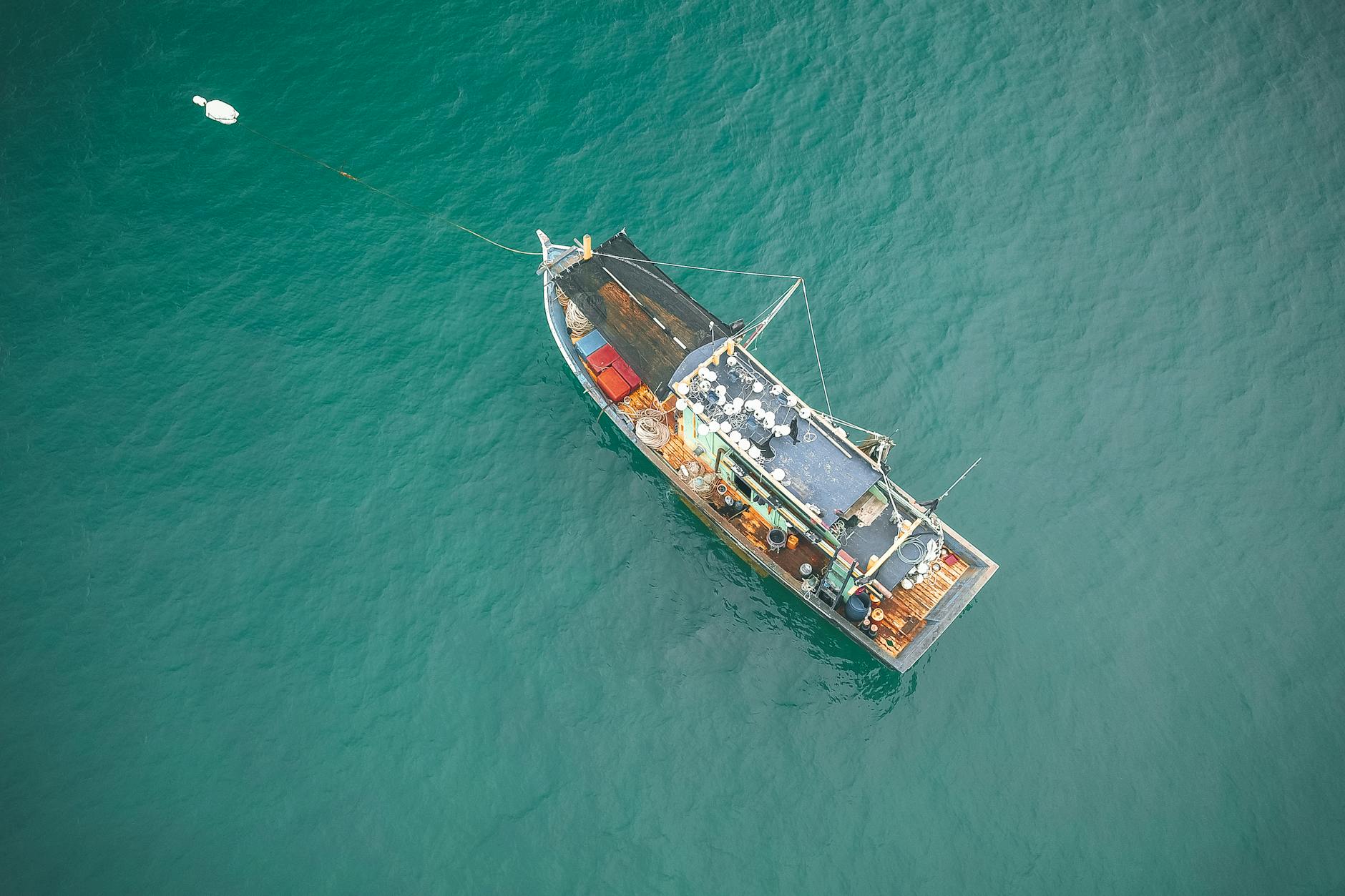How to Navigate Third-Party Logistics Challenges in Australia

Recognising Unique Challenges
Geographic Considerations in Australia
Australia's vast and diverse geography presents a distinct hurdle for logistics strategists, particularly when it comes to optimising third-party logistics (3pl) solutions. Because of the country’s immense size and remote locations, the choice of a strategically placed 3pl warehouse sydney becomes crucial for efficient distribution. The proximity to key transport hubs, such as the Port of Brisbane, can significantly enhance logistical operations by cutting down transit times and reducing costs. Furthermore, understanding the challenges offered by Australia’s regional climates is essential, as extreme weather conditions can disrupt supply chains. Engaging local expertise and ensuring robust contingency plans will help mitigate these geographic obstacles.
Regulatory Compliance Essentials
Navigating the maze of Australian regulatory requirements is another critical aspect of optimising 3PL strategies. Keeping abreast of the latest laws and standards, including those around biosecurity and environmental policies, is essential for ensuring smooth operations. Third-party logistics providers must demonstrate compliance with all relevant regulations to avoid potential legal repercussions. By aligning their strategies with local and national legal frameworks, companies can not only mitigate risks but also optimise operational efficiencies.
Technology Integration Issues
In the fast-paced logistics environment, technology integration often poses a significant challenge. Many 3PL providers struggle to seamlessly implement digital solutions that align with their clients’ requirements. However, assimilation into the existing tech ecosystems, particularly at high-performance hubs like Eagle Street Pier, is necessary for enhancing efficiency. Embracing cutting-edge software solutions for inventory and transportation management, compatible with platforms used by start-ups, can transform these operational hurdles into lanes of strategic advantage. Thus, focusing on interoperability and adopting scalable tech solutions is indispensable for overcoming the challenges in this domain.
Choosing the Right 3PL Partner
When it comes to selecting a third-party logistics (3PL) partner, evaluating their service capabilities is crucial. Specifically, consider whether they can handle both local demands and broader logistical challenges. For businesses in Brisbane, leveraging the strategic advantage of the Port of Brisbane for import and export operations can be pivotal in ensuring a smooth logistical flow. Understanding the specifics of their third party logistics services allows you to gauge their proficiency in handling the unique demands of the Australian market's geographic and regulatory intricacies.
Another essential factor is the scalability potential of your prospective 3PL partner. As your business grows, your logistics partner should be able to scale alongside you, offering flexibility in pick packing, warehousing, and transportation. This agility can prevent bottlenecks and enhance operational efficiency, enabling your start-up to maintain momentum without logistical constraints.
Finally, the cultural fit with your logistics partner should not be underestimated. A partnership that resonates with your start-up’s values can facilitate better communication, cooperation, and innovation. Regularly engage in logistics training sessions at institutions like Queensland University of Technology to stay updated on industry best practices and foster relationships that support your growth ambitions. By thoroughly assessing these aspects, you ensure a partnership that supports both your immediate needs and your long-term strategic goals.
Optimising Logistics Solutions
Streamlining Inventory Management
In my role as a logistics strategist in Brisbane, I've always emphasised the importance of efficient inventory management. This involves continuously reviewing stock levels and coordinating with suppliers to maintain optimal stock without unnecessary surpluses. Utilising automated systems can significantly reduce manual errors, ensuring inventory accuracy and improving overall supply chain efficiency. The integration of technology such as robotics within order fulfilment centres elevates control and agility, core components necessary when working with the Port of Brisbane's infrastructure.
Enhancing Order Fulfilment Processes
Order fulfilment is integral to the success of any logistics strategy. By employing a well-orchestrated pick and pack system, businesses can enhance their process, thereby increasing throughput and minimising delays. Efficient pick paths and systematic packing methods ensure faster processing times, an approach we've observed in action during logistics training seminars at Queensland University of Technology. Through such tailored strategies, companies can reduce errors and boost customer satisfaction.
Leveraging Data Analytics
The power of data analytics cannot be understated in refining logistics functions. From real-time tracking to forecast demand, these insights inform strategic decision-making and operational adjustments. Analytics offer actionable intelligence on everything from carrier performance to customer behaviours, allowing businesses to proactively tweak strategies and optimise routes. This data-driven approach enhances efficiency, reduces costs, and ensures a more responsive supply chain.
Maintaining Strong Partnerships
Effective Communication Strategies
Maintaining robust lines of communication is essential in logistics partnerships. It's important to establish a clear framework for information sharing, whether through regular meetings or digital platforms that facilitate real-time updates. Consider implementing cloud-based systems that allow for seamless communication between teams, ensuring transparency and fostering trust. Regularly scheduled check-ins can also help identify potential issues before they escalate. A well-laid communication strategy can significantly impact your collaboration with a 3PL Sydney provider.
Performance Monitoring Techniques
Performance monitoring is critical for measuring success and addressing issues proactively. Utilise key performance indicators (KPIs) tailored to your business objectives. Metrics like order accuracy, delivery times, and cost management should be regularly reviewed to evaluate the efficacy of your 3PL partnerships. Incorporating a comprehensive inventory management system ensures that all parties are aligned with the set goals and standards. This approach aids in pinpointing areas for improvement and streamlining ongoing operations.
Conflict Resolution Approaches
In any partnership, conflicts are inevitable. The key is to address them constructively. Establishing a framework for conflict resolution can prevent misunderstandings from spiralling. Encourage an environment where concerns and feedback can be discussed openly. Employ techniques like mediation or negotiation to reach mutually beneficial solutions. Having predefined protocols ensures minimal disruption and maintains the integrity of all involved parties.
Each of these strategies aims to strengthen partnerships, laying a foundation for ongoing success.
Common Pitfalls in Third-Party Logistics
Ignoring the Need for Tailored Solutions
In the fast-paced environment of order fulfillment and third party logistics, overlooking the necessity for tailored solutions can disrupt your operations. As logistics professionals, we need to engage closely with local market nuances and infrastructure, such as those prevalent in the Port of Brisbane. Customisation extends beyond basic service offerings and requires detailed assessments of unique industry and geographic needs. It's crucial to ensure that logistics solutions are not only efficient but also aligned with regional operational demands.
Overlooking Risk Management
Risk management should be ingrained into every logistical strategy to effectively mitigate potential disruptions. This is especially vital in an environment where compliance with regulations and unforeseen events at key Queensland nodes like the Port of Brisbane can impact operations. Developing a comprehensive risk management framework involves regular audits, proactive problem-solving, and leveraging the insights gained from logistics training sessions at Queensland University of Technology. Having a robust contingency plan ensures that supply chain disruptions are managed effectively, maintaining the flow of goods and services.
Neglecting the Future of Logistics
Failing to future-proof logistics is a significant gap often observed in strategy meetings at the Eagle Street Pier business hubs. Logistics professionals must anticipate technological advancements and market shifts. Investing in advanced technologies, such as data analytics and automation, is paramount. Integration with innovative technologies ensures adaptability and competitive advantage, preventing obsolescence. By envisioning and adapting to future trends, we uphold best practices and secure sustainable logistics operations.


